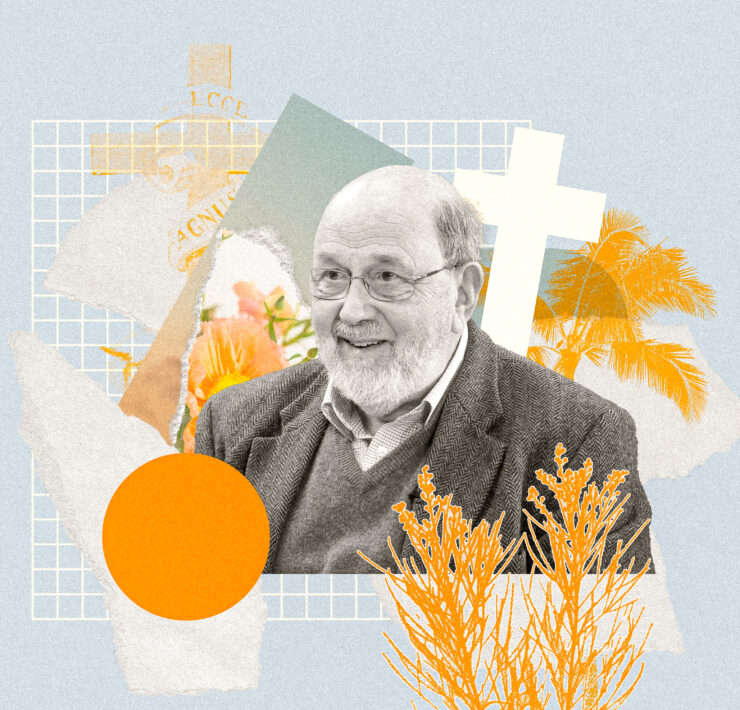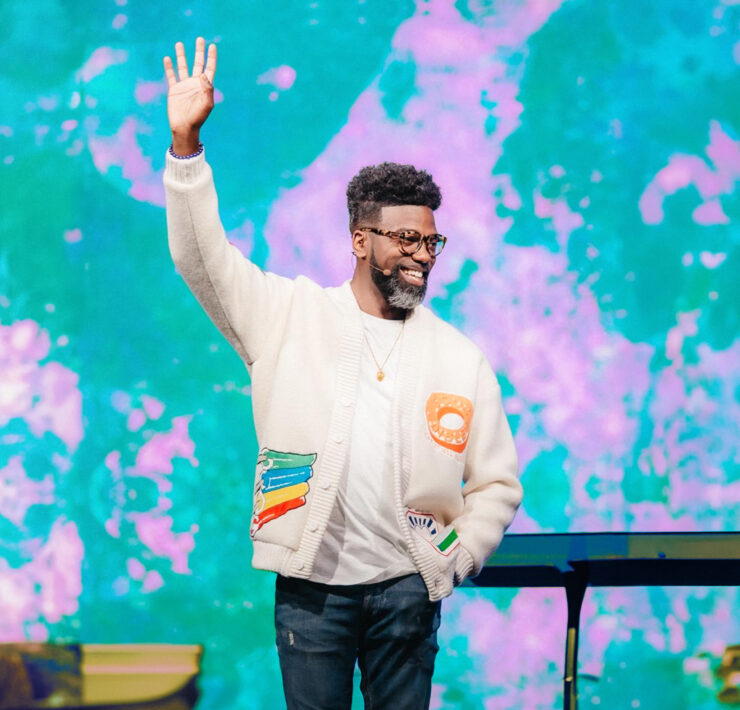In February, huge swaths of the central and southern United States were plunged into a full-blown crisis when a blast of frigid weather blew in from the Arctic. Power grids shuddered to a halt, leaving millions of Americans without electricity and heat as the thermometer barely dipped into the single digits.
Power grids are designed to handle worst-case scenarios like this. Operators anticipate extreme weather conditions and implement a strategy accordingly. But the Texas chill dropped to record-setting lows that no one anticipated, stretching the system several gigawatts beyond what it was designed to handle.
“No one’s model of the power system envisioned that all 254 Texas counties would come under a winter storm warning at the same time,” said Joshua Rhodes, an expert on the state’s electric grid at the University of Texas, Austin.
But increasingly, whether it be widespread flooding in Houston, unbearable summer heat, or now arctic winter storms, Texas is being forced to expand the idea of what’s possible when it comes to extreme weather. We all are.
While climate change has largely led to far fewer cold snaps in places like the American South, some climate experts point out that it has, counter-intuitively, also paved the way for the record low temperatures in areas not used to them, weakening jet streams that usually keep cold air confined to the poles.
This means that climate emergencies are getting more extreme and less predictable, and as America’s already aging energy infrastructure shows serious signs of wear and tear, experts are growing concerned that despite all the attention climate change has received, the window to act is closing.
“It’s too late for some things,” says climate expert Ben Lowe. “It’s too late for us not to feel the impacts of climate change.”
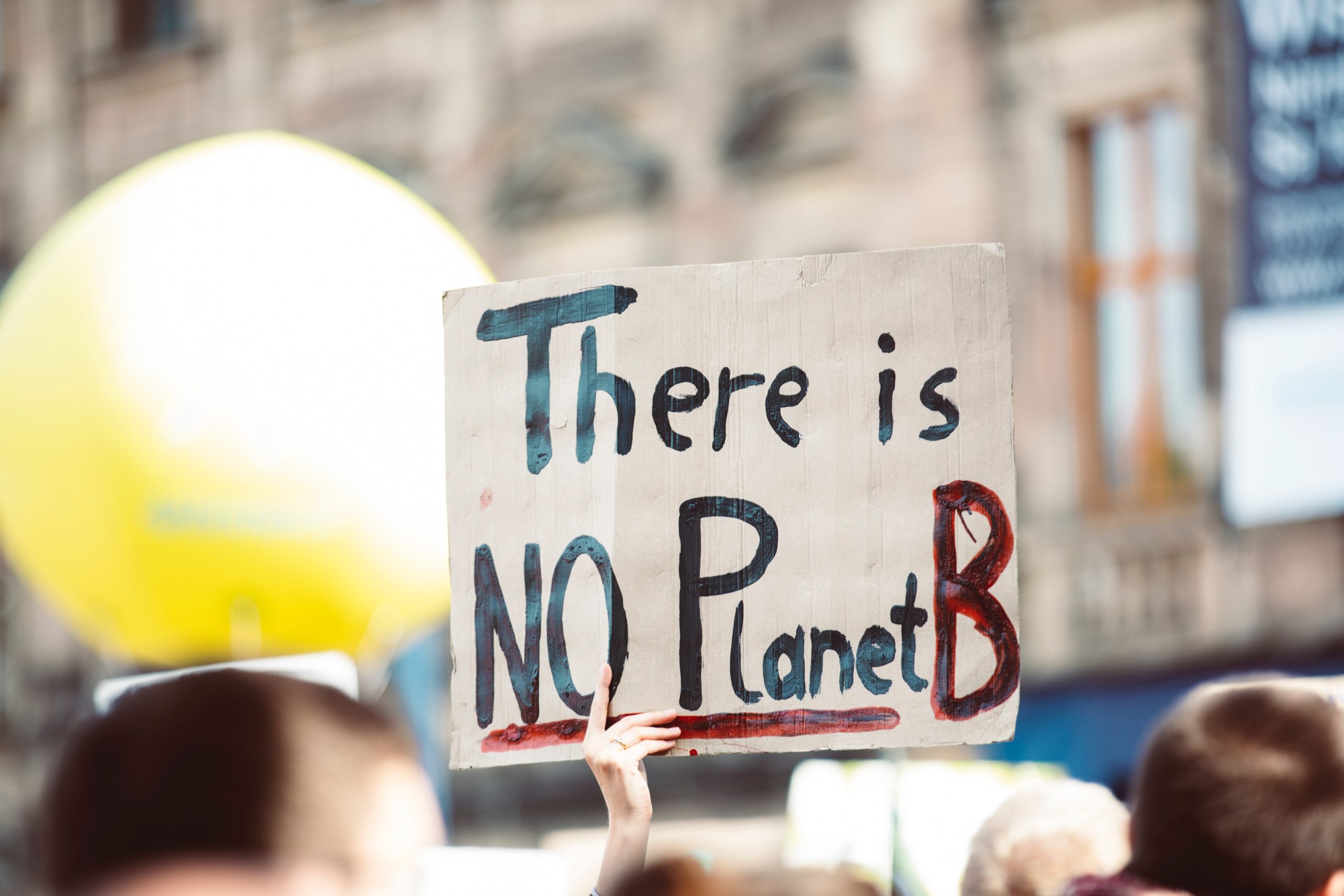
Lowe is the author of Green Revolution, a founding national organizer for Young Evangelicals for Climate Change Action and the board chair of A Rocha USA, a Christian environmental conservation organization. He’s been helping spearhead the charge to get the American Church involved in the fight against climate change for years and now, and he’s taking assessment of where things are.
“Communities all around the world are currently being significantly impacted by disruptions to the global climate system,” Lowe says, referring to his own current residence in Florida (sometimes called “Ground Zero for climate change”) as an example. “We’re seeing that [in Florida] in the form of vulnerability to stronger storms, stronger hurricanes, ongoing sea level rise that a lot of our coastal cities are preparing to adapt to.”
Some estimates put the price tag for Florida’s coming climate crisis-related damage at around $152 billion within the next 30 years. The total state budget is $96.6 billion.
This is to say nothing of the California wildfires, Louisiana hurricanes and rolling cycles of drought and flooding that are plaguing nations across the globe. The devastation long predicted by climate change scientists is here, and though many Americans have been sheltered from its worst effects so far, freezing temperatures in Texas are a reminder that time is nearly up. Not everything can be saved. But Lowe says not everything has to be lost.
“I mean,” Lowe qualifies. “If we start now.”
When it comes to addressing climate change, one of the major impediments is the sheer scope of the issue. The man-made factors that have contributed to climate change were built over centuries and embedded themselves in our way of life. Small changes like banning plastic straws and reusable shopping bags are well-intentioned, but are also a far cry of the revolutionary changes that will have to be made to really put climate change on its heels. The problem is systemic.
“It’s a very complex interconnected issue that brings in all sorts of other global issues too,” Lowe says. “One of my hopes in this next season is we’re going to start connecting those dots between issues like climate change, environmental protection, racial injustice and forced displacement and immigration around the world, as well as human health and other issues like that. They are all connected and we really need to understand how we’re working on the same team when we’re addressing all of these issues, instead of competing against one another for resources and attention.”
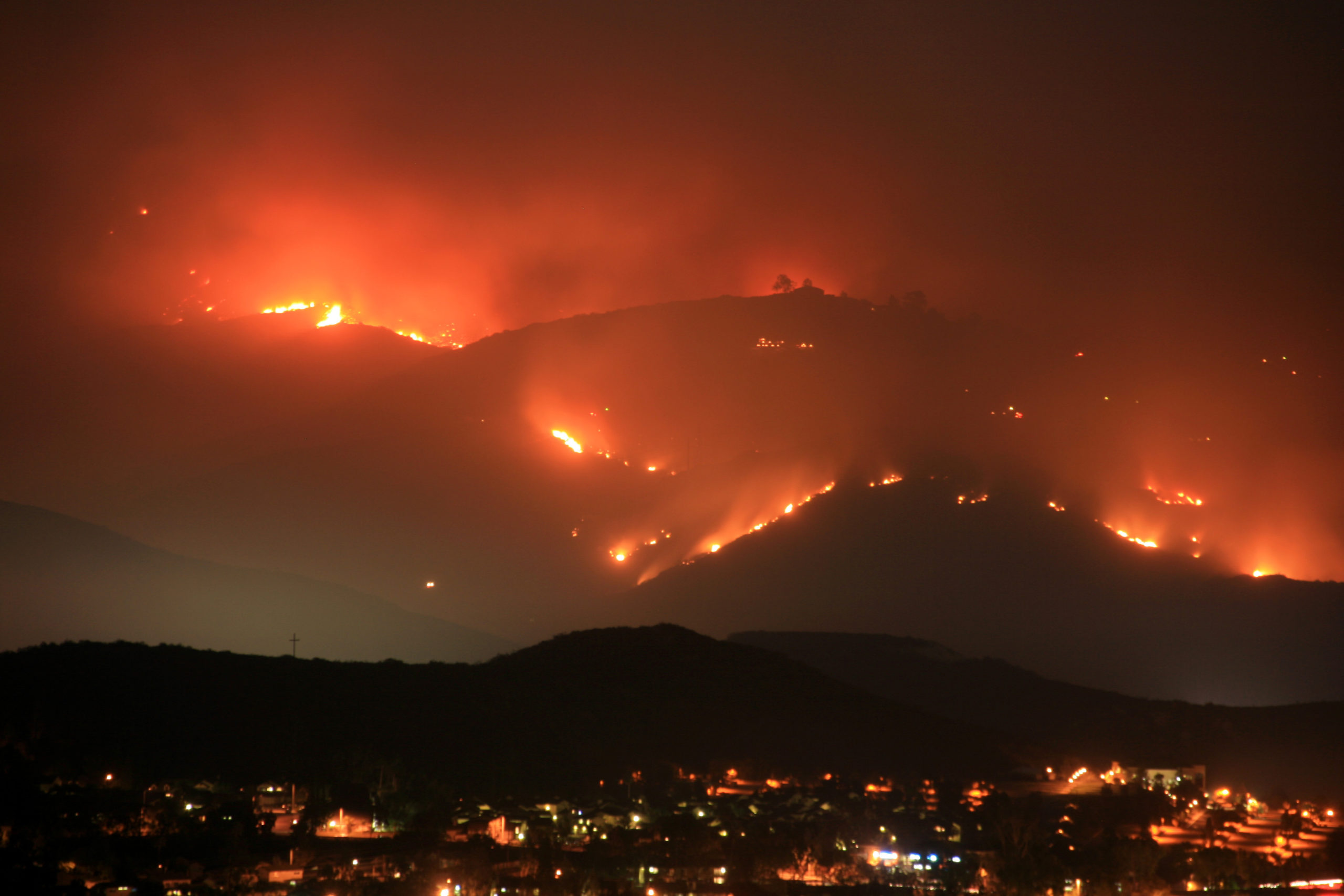
The interconnectedness of climate change and other kinds of justice work is complicated, but it’s vital for moving forward. If people who care about the environment can see those working on issues of racial justice, immigration work and economic equality as co-laborers towards a common goal, a new vision of abundance can flourish.
The changing climate is the chief fear for millennials and members of Gen Z, but it’s also connected to other areas of vital importance.
For example, centuries of city planning in New Orleans had led to predominantly Black neighborhoods getting situated around less desirable land — low relative to the surrounding areas and isolated from more populated parts of the city. The destabilizing effect on economic development in those areas helped maintain an economic disparity between Black and White residents. In 2005, 30 percent of Black people living in New Orleans didn’t own a car. How exactly were these people supposed to evacuate when Hurricane Katrina hit?
A week after the hurricane, a “significantly greater percentage” of residences owned by Black people remained flooded compared to all ethnic groups. As a result, the city’s overall Black population declined in the years after Hurricane Katrina.
It’s not just racial justice either. The United Nations Intergovernmental Panel on Climate Change found that immigrants bear the brunt of extreme climate change and the International Organization for Migration found a “wealth of evidence pointing to [immigrants and refugees’] specific conditions of vulnerability.” In other words, immigration is a climate issue.
These are just two examples, but it’s an illustration of the way economic justice, racial justice and climate justice all have a part to play in tackling the same problem. Lowe says the future of climate change action will not just be climate change action. It’ll be the cooperative efforts of people involved in multifarious justice efforts pooling their resources to strategically work towards shared goals.
Even after you wrap your mind around the scope of the problem, the scope of the solution is daunting, and it’s one where even many who believe in the threat posed by climate change can get tripped up.
Many want to take action to save the climate, but balk at the price tag for real, measurable action, which often runs into the billions and will mean tangible cuts on many modern conveniences. It’s why people get queasy around extreme policy proposals, preferring less dramatic actions which will have less direct impact on our day-to-day lives. However, critics say the time for half measures is over and warn that failure to take dramatic action now will only necessitate even more expensive measures in the future.
Lowe is decidedly in the latter camp, and says that once we see climate justice as a gospel issue, the need for extreme measures becomes more obvious.
“The gospel calls us to be radical,” he says. “It’s to give up everything to follow Christ. We shouldn’t be afraid of things just because they seem larger or more radical. We should be radical people.
“And oftentimes, we’re not,” he continues.
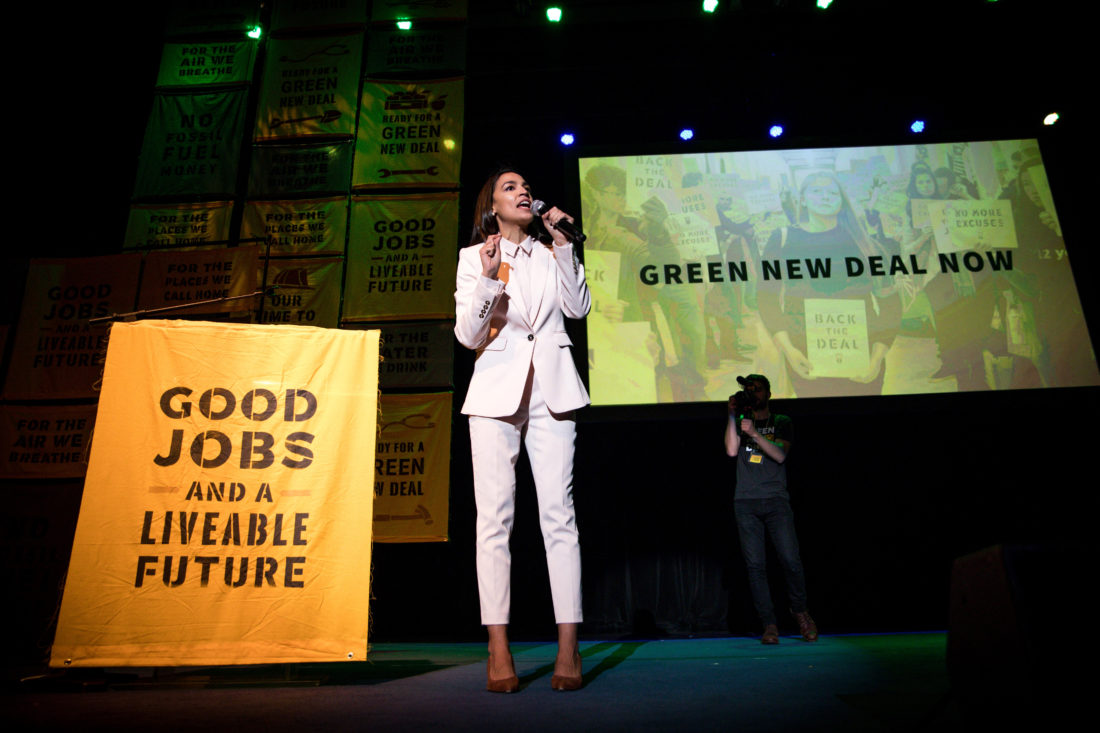
The most well-known example of an extreme policy proposal is, of course, the Green New Deal, introduced by Sen. Ed Markey (D-MA) and Rep. Alexandria Ocasio-Cortez (D-NY). In a polarized political climate like the U.S., many didn’t even need to read the details of the resolution before determining how they felt about it.
Ocasio-Cortez (“AOC” to her fans) and Markey have occasionally disgruntled even members of their own party with their ideological purism, to say nothing of Republican voters. Their reputation as political firebrands is certainly not unearned, but it means their ideas face an uphill challenge on the bipartisan field.
Many Americans don’t really know what the Green New Deal actually says, outside of a few deliberately misconstrued talking points. However, it’s not necessarily likely voters would easily warm to it if they did. The resolution is ambitious, calling for sweeping changes not just to the nation’s climate and energy policies, but its entire economy. The Green New Deal calls for an enormous investment in clean energy jobs and infrastructure, all but decarbonizing the American experience.
That would mean, according to the Green New Deal, 100 percent renewable electricity in the U.S. within the decade — a goal that even sympathetic activists find difficult to imagine. And that’s easier than decarbonizing things like the transportation industry. The electric car is gaining popularity, but banning gasoline and diesel sales within ten years is a tall order even before you get to the issues of heavy transport and aviation. All that entails a seismic change in the economy, which the Green New Deal anticipates with a federal jobs guarantee, a feature of the Deal that enjoys the most popular support while simultaneously being maybe the most practically difficult to implement.
The Green New Deal isn’t the only option Americans have, but it has been the most high publicity attempt at shifting the conversation away from what’s politically possible to what’s practically necessary. Alternatives exist, but the Green New Deal is illustrative of just why these proposals are so often dead on arrival. The plan is expensive. Public will is fickle. Radical political action is seen as impolite.
Most American politicians were happy enough to give teenage Swedish climate activists Greta Thunberg a few minutes to testify before Congress, but the political interest in actually taking any action commensurate with her urgency is virtually nonexistent. That’s why, according to Lowe, dramatic action is necessary.
“This is an emergency. It’s a crisis,” he says. “It’s become a worse crisis because we dragged our feet. We waited too long. We’ve been so comfortable and happy with the progress and the comforts that fossil fuels and our current economic systems have brought us. And so, we’re starting to face calls for bigger change, faster change. And we need to take those calls seriously.”
But at the same time, Lowe cautions against Christians putting the entirety of the burden onto politics.
“I don’t think we should pin our hopes to the Green New Deal or anything like that,” he says. “But I also don’t think we should write anything off just because it seems more aggressive or ambitious than we think is realistic. We need to be aggressive and ambitious.”
This is the point he returns to again and again. Christians get to dream big when it comes to thinking about climate change. Pragmatism and being “realistic” may have their place, but Lowe is more concerned about starting with an assured moral compass rooted in the Gospel and then reverse engineering a plan from there.
“If [saving the climate] is the right way to live, then we should be having a serious conversation about how we get there,” Lowe argues. “Not saying, ‘Oh, that’s just not feasible.’ As Christians, I think we get to be among the most audacious people on the planet because we believe in a God in which all things are possible.”
Can there be real change?
That’s the final question. Grasping the scope of the problem and its solutions is one thing, but seeing people’s minds transform at an individual level — and transform enough that the movement gains momentum — can feel like the biggest part of the challenge.
But it’s also an area where Lowe says he’s seen the most action. “I’ve seen a lot of change happen,” he says.
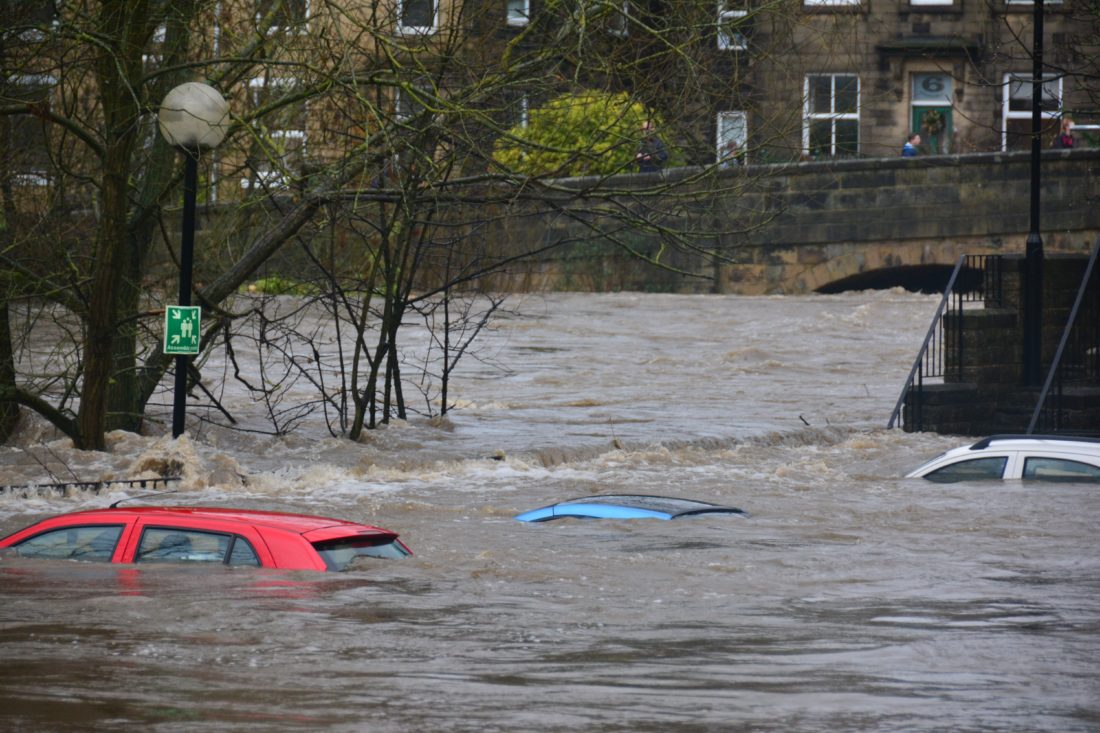
Lowe says the key is to understand that the people you’re talking to do care about climate change, even if they don’t realize it. Almost any issue someone cares about is connected to climate change. The trick is helping people draw those lines.
“As one of my friends and an excellent climate leader and communicator Katharine Hayhoe says, everybody already has the values they need to care about these issues. They just have to help see how climate change connects with what they already care about.”
Take, for example, the scourge of human trafficking. Research suggests that in many countries, trafficking victims were forced into high-risk behaviors associated with trafficking because the increasing frequency of natural disasters has started to strain their traditional means of livelihood. A report from IOM Migration, Environment and Climate Change found that climate change has led to an enormous increase in the world’s number of displaced people and that “many displaced persons who see irregular migration as the only viable option to pursue better opportunities may seek assistance from human smugglers, placing themselves at risk of many of the forms of exploitation that are commonly associated with trafficking, such as sexual exploitation, forced labour, forced marriage, as well as organ removal.”
This is an upside about the scope of the problem. It’s true that climate change is affecting virtually every area of human life. But that also means that every human being has an onroad to get involved in the fight.
“Respect people and understand where they’re at,” Lowe says. “Listen to people and help bridge and integrate all of our concerns together.”
This is where the Church has a role to play. Because while it’s understandable that the rest of the world may get stuck in partisan squabbling, penny pinching and divisive rhetoric, Christians have a calling to bring unity to divisions, peace to conflict and hope to despair.
“Our Christian communities give us a way to actually transcend some of these political divisions and start with some common ground, which is our faith,” Lowe says. “And then work from there to help make sense and move forward.”


















